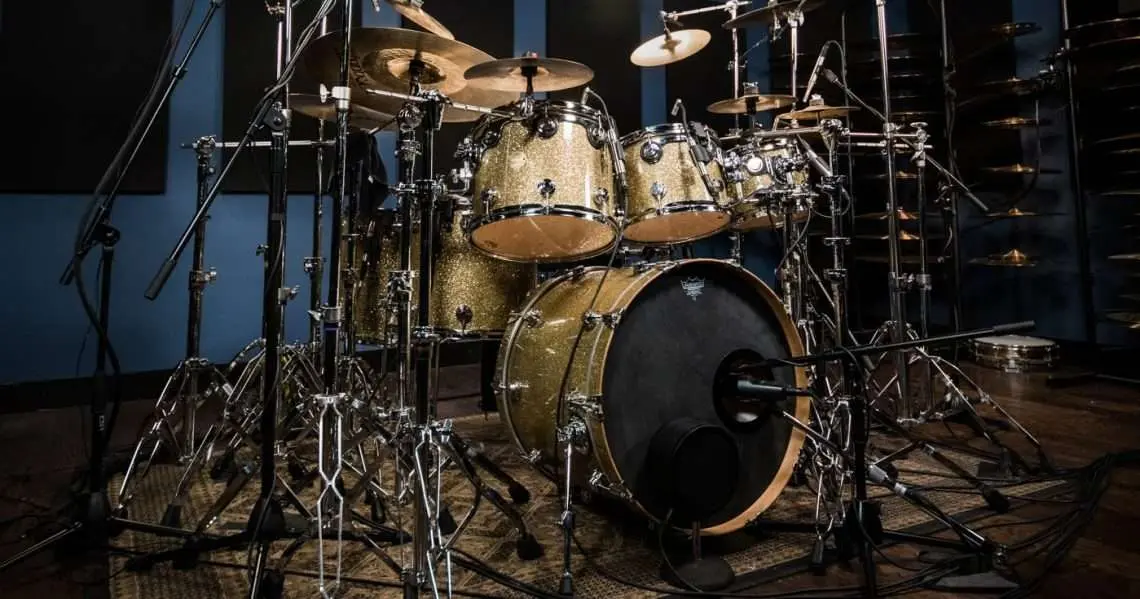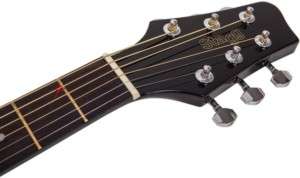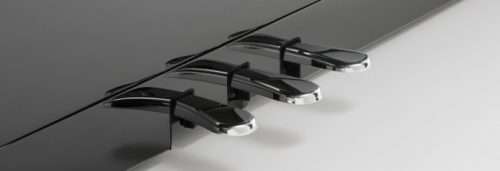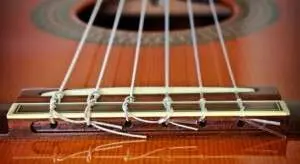
Drums at home and in the studio – better and worse ideas for muffling drums
See Drum strings in the Muzyczny.pl store
Undoubtedly, the percussion is one of the loudest and at the same time the most burdensome for the outside neighborhood of instruments. Living in a block of flats, we will not let our neighbors live and we will be exposed to constant clashes with them if we do not find a way to dampen our instrument. Of course, even the most radical methods cannot completely soundproof the instrument. Here, an alternative may be electric drums, or rather electronic drums because its operation is based on pads that are plugged into a digital sound module. In such a module, we can freely adjust the volume level on the column or practice using headphones. But also in this case, we are not able to completely soundproof the instrument during use, because the physical impact of the stick against the membrane of our electronic pad, even when the module is muted to zero, will make itself felt anyway. The sound of a stick hitting the pad to a large extent depends on the material used to make the pad. We are not going to discuss it here, because we will focus our concentration on ways to dampen acoustic percussion.
Inside blankets – not necessarily a good idea
One of the simplest home remedies is to stuff blankets, towels or some other unnecessary rags inside the drum. Everything would be fine if we have this set intended only for practice at home and when we completely do not care about any reasonable sound. If, however, we only have the one set that we use for both practice and performance, then this method does not necessarily work. First of all, how much extra work it is, when before each performance (e.g. let’s assume that we play somewhere in a club three times a week) we have to unscrew all the screws from the drums, take out dozens of rags, then screw everything together and tune our whole set from scratch . It would be a nightmare, apart from the fact that such constant twisting and twisting does not affect the condition of the membranes, the rim and the entire instrument.
Covering individual parts of the set with a pillowcase – also not necessarily
This method seems to be more practical, because we can have tuned drums, which we cover to calm down with some unnecessary, e.g. bedding covers, or we spread a sheet over the entire set. Unfortunately, this method also leaves a lot to be desired, and that’s because, firstly, we limit the natural rebound of the stick from the diaphragm, and, secondly, this way we will sound the instrument quite poorly. Of course, you can put several layers, and even whole cushions, on individual elements of the set, so that it will not be an instrument anymore. We can also play on cushions without having to sit down to the instrument. In fact, the only advantage of this solution is that the instrument will not dust and after taking off these covers, we can immediately start touring.
Mesh strings – quite an interesting solution
The mesh strings that we put on the body instead of traditional membranes are quite a reasonable idea. Of course, the sound will be poor, but they can be dressed up to some extent for exercise. Of course, when our drum kit is used both for practicing at home and for touring, the situation is similar to our first example. Before we go to the concert, we have to remove our nets, install traditional membranes and of course tune our drums. So we have a nightmare before and after our return. This solution is good as our kit is for exercise only.
Stretch overlays – a very reasonable solution
We can soundproof our individual elements of the set using specially cut rubber covers, which we spread both on individual cauldrons and on plates. This is a fairly common way to mute our set. We can make such covers ourselves from some not very thick piece of rubber or buy a specially dedicated cauldron for a given size in a music store.
Patent with jelly beans – a great idea for a recording session
This patent is professional and works well especially when we want to get rid of this unnecessary hum, which often comes out after hitting a membrane with a stick. Drums are quite a troublesome instrument when it comes to recording it. I’m already skipping the number of microphones that need to be involved. However, for such a recording session, the drums should be properly prepared. First of all, our drums must first be well tuned to make them as vital as possible. Then, out of the whole set of different patents for session attenuation, one of the most interesting is the use of the so-called jelly beans. You can buy one specially dedicated to percussion in a music store, or you can look for an equivalent in ordinary stores, eg with some decorative articles, etc. Sticking such a small piece of jelly on the membrane will significantly reduce this undesirable hum, and even almost completely eliminate it. It is a great patent for quick and virtually non-invasive damping of our drums.
Snare and boiler silencers
A function similar to that described above is performed by specially dedicated percussion dampers, whose task is to control the resonance of the diaphragm. Here we already have the professional regulation of our damping. We install such a silencer next to the rim and we suppress the unnecessary vibration of the membrane with a specific force.
Summation
There is really no perfect idea or way to dampen acoustic drums while maintaining their full sonic qualities. It is simply impossible from a physical point of view. If we live in a block of flats, it is best to have two sets. One of the mega-muffled for practice and the other for performances.





